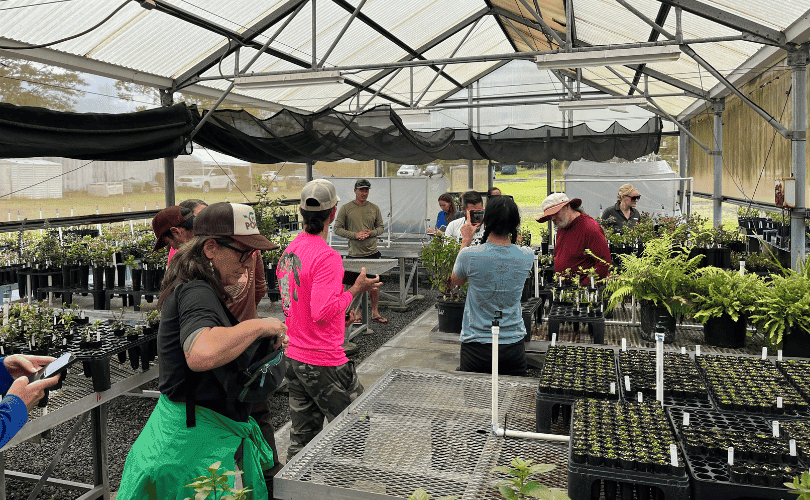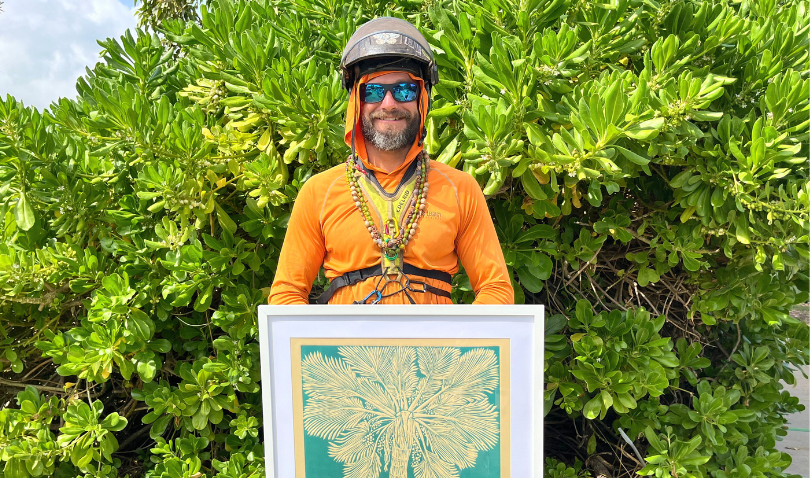In 2018, an invertebrate biologist discovered an unfamiliar black caterpillar feeding on a māmaki plant in Olowalu Valley. Experts confirmed…
Read More
Ki’ai Moku: ‘Ōhi’a Seeds from Resilient Trees May Hold the Key to Stopping Rapid ‘Ōhi’a Death
Rapid ‘Ōhi’a Death (ROD) was detected in three landscaped ʻōhiʻa trees in Central Maui in February. ROD is a fungal…
Read More
Jake Kane Receives the 2024 Mālama i ka ‘Āina Award
Jake Kane of Kane’s Legacy Tree Services was the recipient of the 2024 Mālama i ka ‘Āina Award, presented at…
Read More



